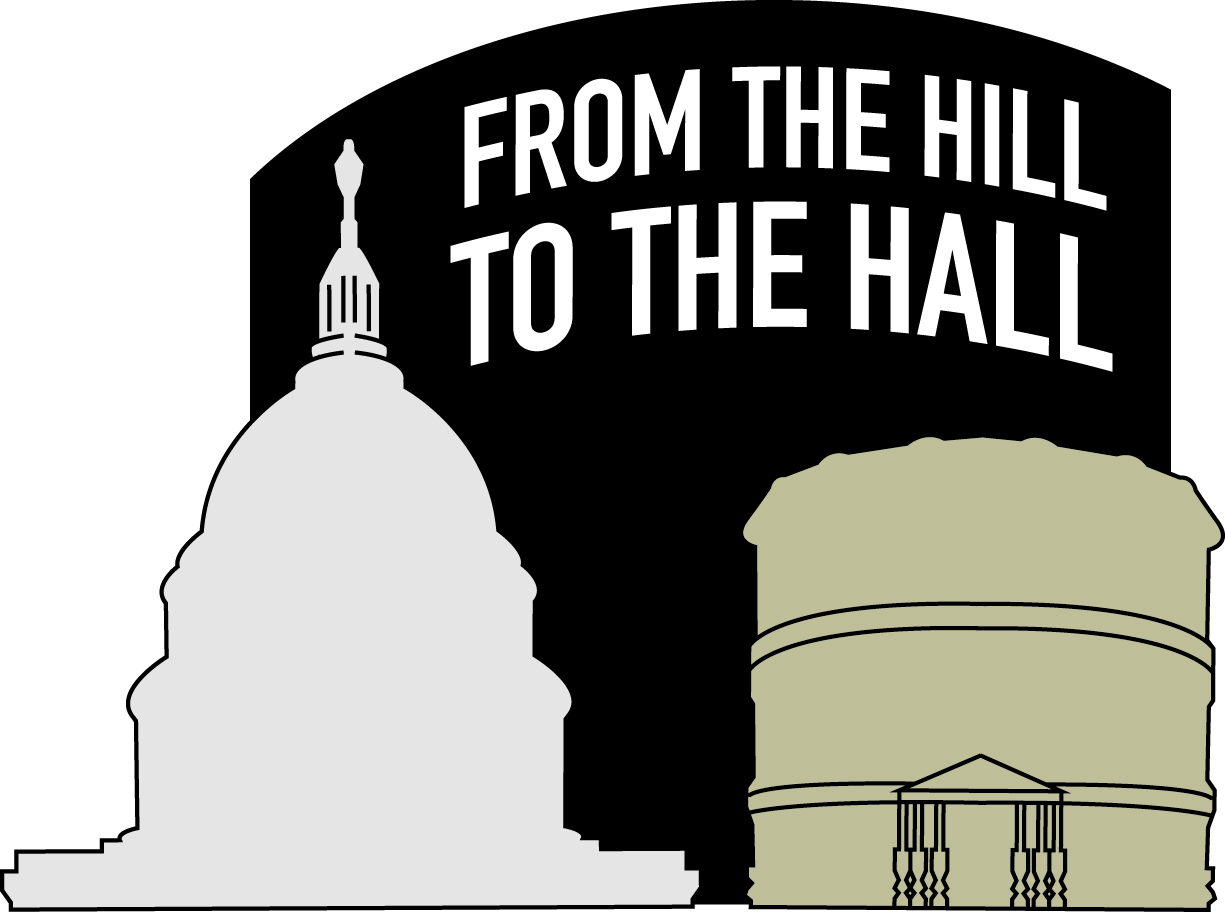A United States-ordered airstrike responsible for killing Iranian Major General Qassem Soleimani has led to further missile attacks against U.S. military bases in Iraq.
The attacks took place early Jan. 7 at two military bases that were housing American troops and caused no casualties. President Donald Trump responded to the attack in a tweet, saying that “all is well.”
The original strike was ordered on the evening of Jan. 2 by Trump, who has maintained the strike was not meant to cause a war, but was necessary to stop conflict, according to The Washington Post.
Soleimani was the leader of the Quds Force, a branch of Iran’s Revolutionary Guard that focuses on unconventional warfare and military intelligence, where he was often credited with being “the second most powerful man in the country behind Supreme Leader Khamenei,” according to BBC.
Trump had previously named the IRGC as a terrorist organization in 2019, as the administration announced that they believe Iran is responsible for more than 600 American deaths since 2003, according to The Washington Post.
Backlash from the strike included threats of retaliation from Iranian officials, to which Trump responded that if “Iran strikes any Americans or American assets, we have targeted 52 Iranian sites” in a series of tweets.
In response, Iran’s Foreign Minister Mohammad Javad Zarif tweeted that Trump’s threats were a war crime.
Although Defense Secretary Mark Esper and Secretary of State Mike Pompeo both spoke out that they would not follow through with Trump’s threats, Trump reiterated on his threats by saying there would be a “major retaliation” if Iran were to attack the U.S., according to NPR.
Relations between the two countries have remained tense since events such as the 1979 Iranian revolution, when U.S.–backed Irainian Shah Shapour Bakhtiar was exiled as a consequence of Iran becoming an islamic republic.
The Iran hostage crisis in 1979 further escalated tension when a group of Iranian students stormed the US embassy in Tehran. 52 American hostages were then held as a response to the exiled Shah receiving cancer treatment in the United States.
Although Iran and the U.S. have had longtime tense relations, the strikes against the US marks the most direct attack since the Iranian hostage crisis, as most previous attacks have taken place through proxy forces.
Anti-U.S. rhetoric has only grown in Iran since the death of Soleimani. A funeral in Tehran attracted approximately 1 million mourners.
The daughter of Soleimani, Zeinab Soleimani spoke to the crowds and claimed the death of her father would bring “darker days” for the U.S. and Israel.
“Crazy Trump, don’t think that everything is over with my father’s martyrdom,” Zeinab said.
Zeinab also made claims about Iraq, saying that past assassinations of Haj Qasem and Abu Mahdi were a mistake and have “only caused historical unity between two nations and their mutual eternal hatred for the United States,” according to CNN.
When inquiry of what led up to the assasination of Soleimani was brought up at a press conference, Trump claimed that Iran was planning on attacking four US embassies. Despite this claim, Democrats who had been “given intelligence briefings on the fatal strike say they have seen no evidence of embassy plots,” according to BBC.
Following the attack on the U.S. military base, The White House announced they will impose new sanctions against Iran, involving the transportation and purchase of main facets of the economy, including construction, mining, manufacturing and textiles.
There is no confirmation for when the sanctions will end.
“These sanctions will continue until the regime stops the funding of global terrorism and commits to never having nuclear weapons,” said Secretary Steven T. Mnuchin






